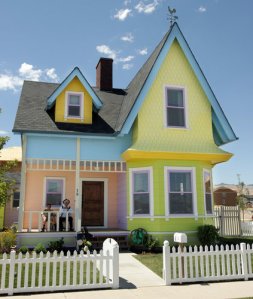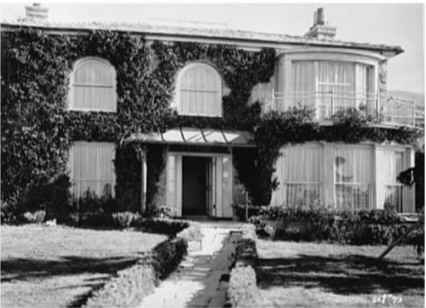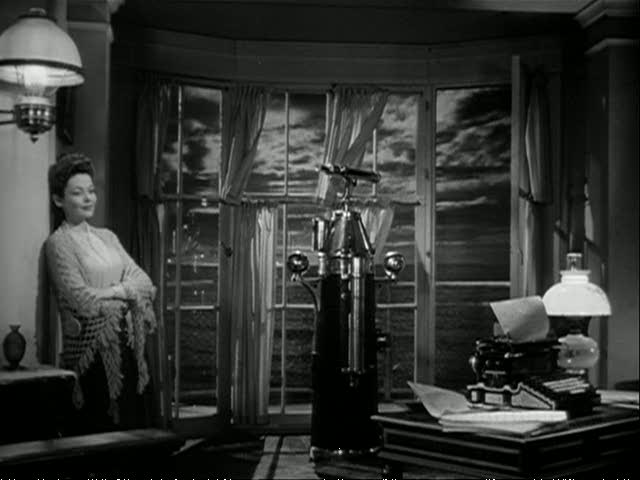 The U.S. government has ended a controversial counterterrorism program created in the aftermath of the Sept. 11, 2001, attacks that required men living in the U.S. who came from mostly Muslim countries to register with federal authorities.
The U.S. government has ended a controversial counterterrorism program created in the aftermath of the Sept. 11, 2001, attacks that required men living in the U.S. who came from mostly Muslim countries to register with federal authorities.Called NSEERS -- National Security Entry-Exit Registration System -- the program required registration, interviews and fingerprinting of male visitors 16 and older from Muslim nations as well as North Korea.
The program targeted men entering the country as well as more than 80,000 men already in the U.S., about 1,000 of them from metro Detroit. Nearly 13,800 residents were further investigated, and 2,870 were later deported.
But not a single case resulted in anyone being charged with terrorism -- a fact that experts say proves the program was a failure that unfairly harassed thousands.
NSEERS did "not catch terrorists," said Shoba Sivaprasad Wadhia, a law professor at Penn State University who has extensively researched the program. "It was ineffective and alienating."
The Department of Homeland Security quietly ended the program through a notice buried on its Web site on April 28.
Homeland Security immigration program ends, but Dearborn dad faces deportation for minor violation
In 2003, long lines formed at federal immigration offices in Detroit as anxious men from Arab and other countries waited to be registered under a new counterterrorism program.The government said the registration, including fingerprinting and interviews, was needed to help secure the country in the war on terrorism. But many felt it was ethnic harassment.
"They treated us like animals," Siefeddine Siefeddine, 44, of Dearborn recalled Friday.
The Lebanon native says he went through a registration process from 9 a.m.-7 p.m., only to be told to report back the next day.
Across the U.S., about 80,000 men like him -- those 16 or older from 24 Muslim-majority countries and North Korea who already lived in the U.S. -- eventually were registered though the domestic part of NSEERS, the National Security Entry-Exit Registration System. Many were interrogated, and all had to report back periodically.
The aftermath of 9/11
Started in 2002, the registration was part of a broader program that required visitors from those countries to register at ports of entry and local immigration offices. It was sparked by the fact that the Sept. 11, 2001, terrorist attackers were in the U.S. as visitors from Arab countries.
The U.S. gets few visitors from North Korea.
The program "amounted to little more than a crude profiling system" that was counterproductive, said Edward Alden, a senior fellow at the Council on Foreign Relations and author of "The Closing of the American Border: Terrorism, Immigration, and Security Since 9/11" (Harper Perennial, $15.99). He called it "one of the worst vestiges of the immediate aftermath of 9/11."
The program caused intense anxiety for many Arab-Americans and Muslims, split up families and led to thousands of deportations for minor immigration violations. But in the end, it didn't catch a single terrorist, experts say.
The program effectively ended April 28 when the Department of Homeland Security removed the 25 countries from the NSEERS.
"It's a welcome step in the right direction," said Imad Hamad, regional director of the American-Arab Anti-Discrimination Committee. "This was way overdue."
In many ways, the registration requirement was an example of government overkill in the war on terrorism, he and others said.
"It was ineffective and a waste of government resources," said Nabih Ayad, a Canton attorney who represented men registered under NSEERS, including Siefeddine. "It was racial profiling on its face."
Family man in trouble
Out of the 80,000 U.S. residents who were registered, 13,799 were referred for further investigations and 2,870 were detained.
Many were deported for immigration violations that ordinarily would not have been a priority for law enforcement.
Siefeddine, for example, faces deportation because he was found in 2003 to have overstayed a visitor's visa, normally a low-priority violation. Now Siefeddine works at a gas station and said he can't go back to Lebanon because of his wife and two children.
Several advocacy groups, including the Arab-American committee and the National Immigration Forum, are asking the Department of Homeland Security to reconsider these cases. The department says it will review them on an individual basis.
Most visitors fingerprinted
Another problem with NSEERS, critics say, is that when the Department of Justice started the program in 2002, it was not properly publicized. Some men got in trouble for failing to comply with NSEERS even though they were unaware of the program.
And many who did show up faced problems.
In California in 2002, about 400 people were detained on the spot when they showed up to register, raising fears in Middle Eastern and Muslim communities. Critics said the process had echoes of registration programs for ethnic groups during World War II.
The U.S. government was low-key in ending NSEERS: Its April 28 notice was not publicized. In the notice, the Department of Homeland Security said it was "eliminating redundant programs."
Since 2004, most visitors are already fingerprinted upon entering the U.S. through the U.S.-Visit program.
Shoba Sivaprasad Wadhia, an attorney and law professor who heads the Center for Immigrants' Rights at Penn State University, cowrote a report in 2009 on NSEERS that said the program was discriminatory and ineffective.
The problem, said Wadhia and others, was using immigration law to fight terrorism.
"Any policing methods based on profiling will fail -- as was the case with NSEERS," said Abed Ayoub, a Dearborn native who is the national legal director for the American-Arab Anti-Discrimination Committee.











 They built a greenhouse on the side of the house that they didn�t end up using in the movie. You can see it in this production photo taken during filming:
They built a greenhouse on the side of the house that they didn�t end up using in the movie. You can see it in this production photo taken during filming:


















































